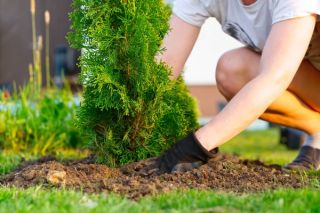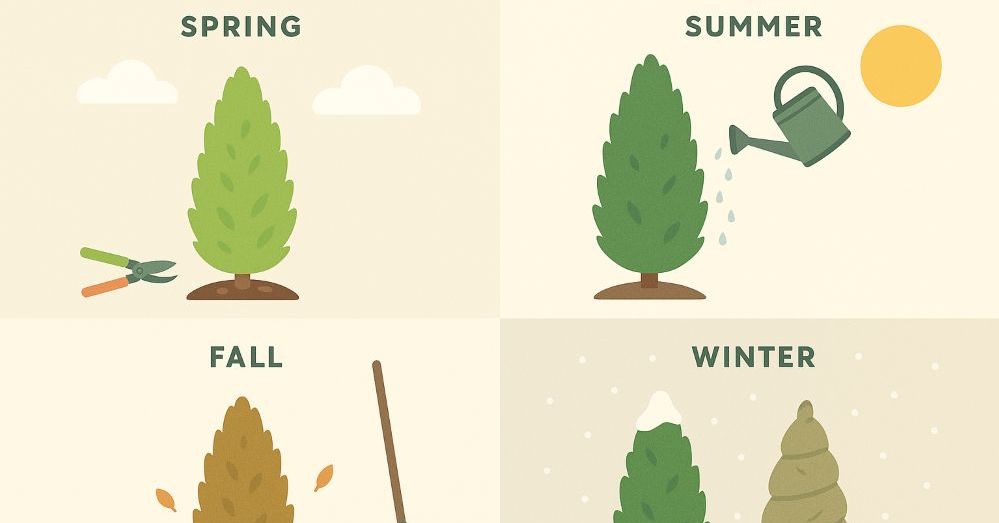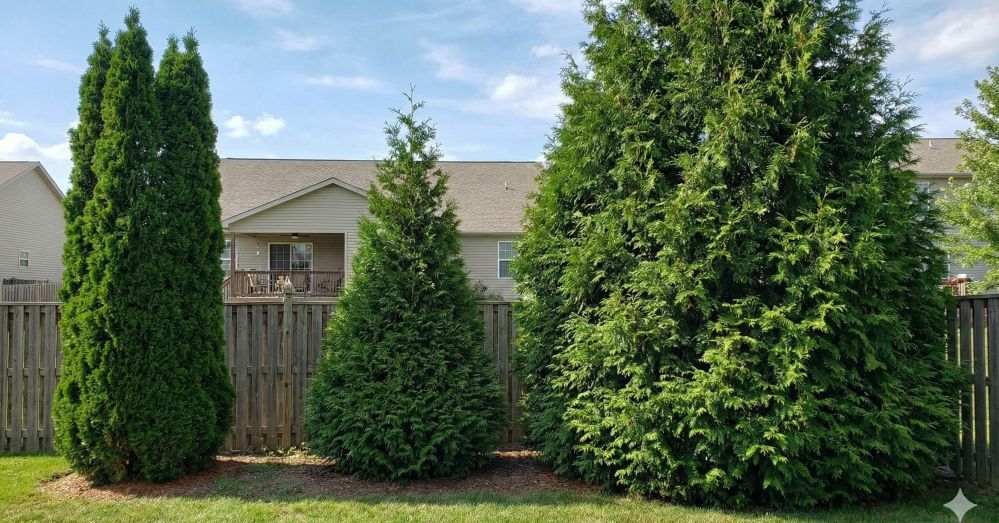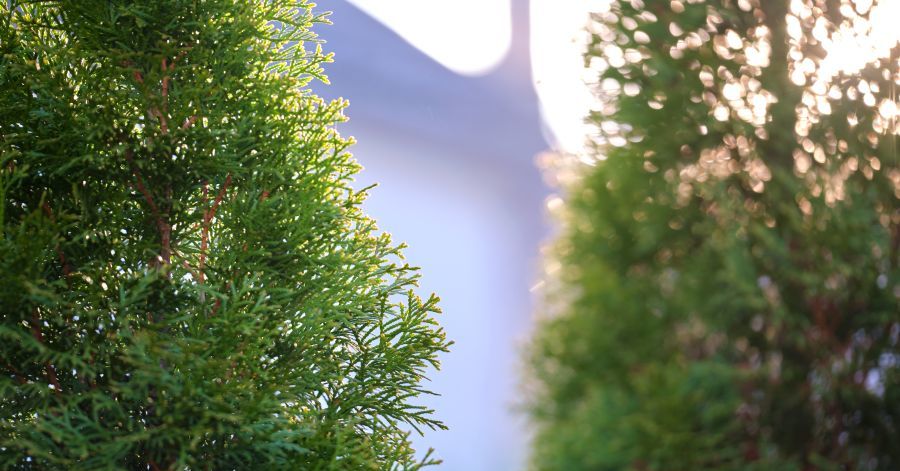
How to Fertilize Green Giant Arborvitae
Green Giant Arborvitae is a popular landscape tree, lauded for its rich color, lush growth habit and very rapid growth. It is also generally a low-maintenance tree that doesn't require much fertilizer or pesticides. But that doesn't mean you can't give them a boost to maximize their growth.
Fertilizing Green Giant Arborvitae is relatively straightforward, but it's important to follow certain guidelines to ensure healthy growth. Here's a general guide on how to fertilize them:
1. Fertilize in Early Spring:
The ideal time to fertilize Green Giant Arborvitae is in early spring, just before the onset of the growing season. This timing allows the tree to utilize the nutrients during its active growth period. Some gardeners also recommend a light feeding in early fall to prepare the tree for the winter, but avoid late fall fertilization as it can stimulate new growth that might be damaged by cold weather.
2. Use NPK Fertilizer:
Use a balanced, slow-release fertilizer that's designed for trees and shrubs. Look for a fertilizer with an NPK (Nitrogen, Phosphorus, Potassium) ratio like 10-10-10 or a similar balance. These nutrients are crucial for overall health, root development, and foliage growth.
Newly planted trees generally do not require fertilizer, and can in fact be more easily harmed by fertilizer than established trees. Consider using soil amendments like compost to prepare the planting soil if you are concerned about your new trees.
3. Apply Fertilizer Around the Base of the Tree:
Follow the instructions on the fertilizer packaging for the correct application. Generally, you'll spread the fertilizer evenly around the base of the tree, extending to the drip line (the area directly under the outer circumference of the tree branches). Avoid applying fertilizer too close to the trunk.
4. Water After Fertilizing:
Water the base of the tree thoroughly with a hose or drip line after applying fertilizer. This helps distribute the nutrients into the soil and makes them accessible to the tree's roots. Be careful not to over-water or needlessly soak the leaves of the tree. Excess watering can lead to root rot or fungus on the leaves. Only use enough water to dissolve the fertilizer. Covering the roots with mulch can help reduce the watering frequency and keep moisture levels in the ideal range.
5. Avoid Over-fertilizing:
More is not always better. Over-fertilizing can harm the tree, leading to burnt roots and foliage. Forcing new growth with excess nitrogen can lead to nutrient imbalances and unsupported growth than can make the tree vulnerable to diseases. Stick to the recommended amounts on the fertilizer package.
6 Test Your Soil:
If you're unsure about the nutrient needs of your soil, consider getting a soil test. Most state universities offer robust and affordable soil testing through their Cooperative Extension Programs. Often, these services include not only soil analysis but also advice on fertilizers and soil amendments. These recommendations are tailored to the test findings and the specific crops or plants being cultivated in your area to guide you in choosing the right type and amount of fertilizer.
7. Monitor Tree Health:
Pay attention to the growth and color of your Green Giant Arborvitae. If the tree appears healthy and is growing well, it may not need much fertilization. Yellowing or slow growth can indicate a need for more nutrients.
Remember, each garden is unique, so consider the specific conditions of your site, including soil type, moisture levels, and local climate, when deciding on a fertilization plan.
For more information, or to buy Green Giant Arborvitae, contact Rolling Fields Tree Farm.
.png)




